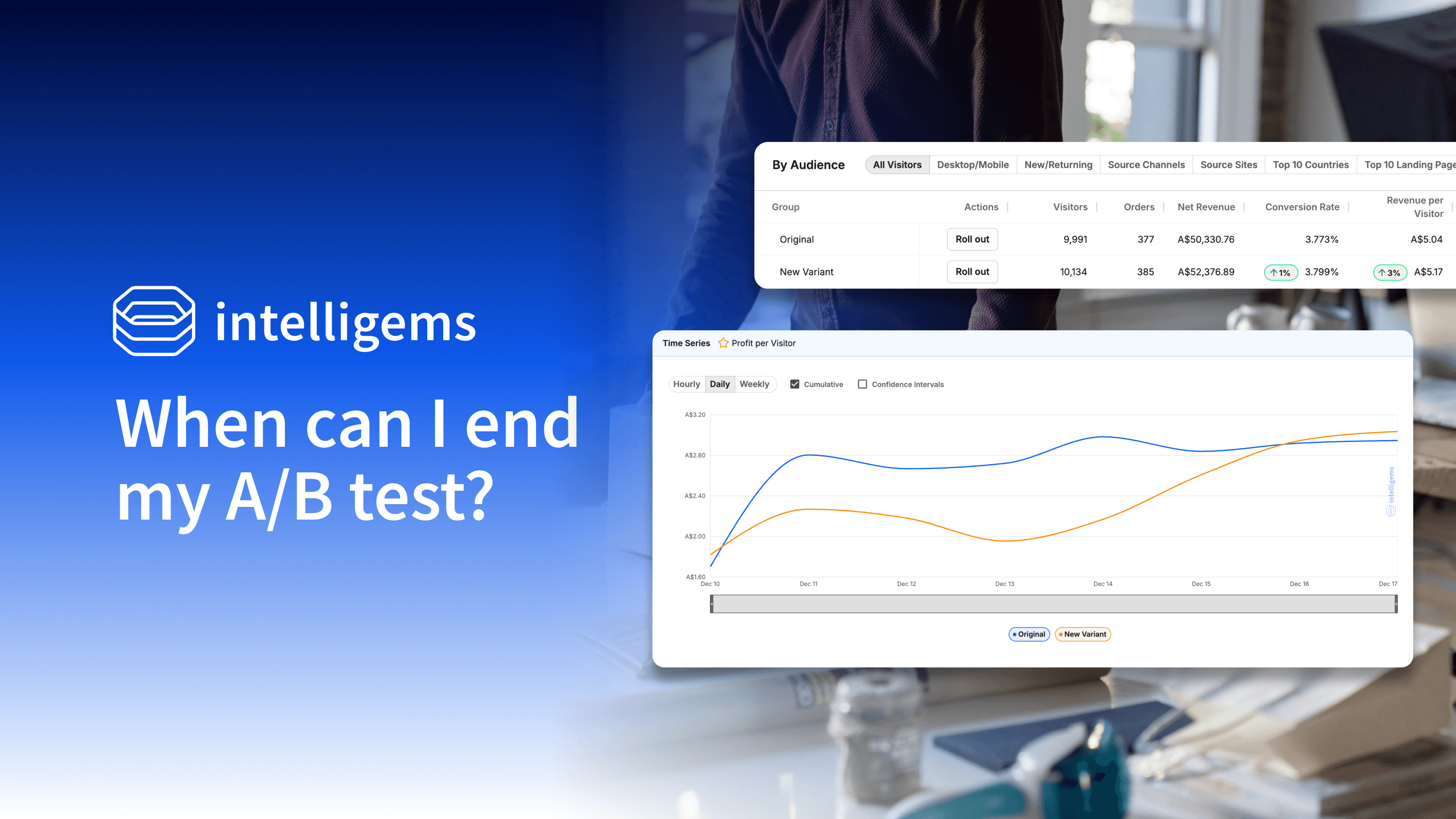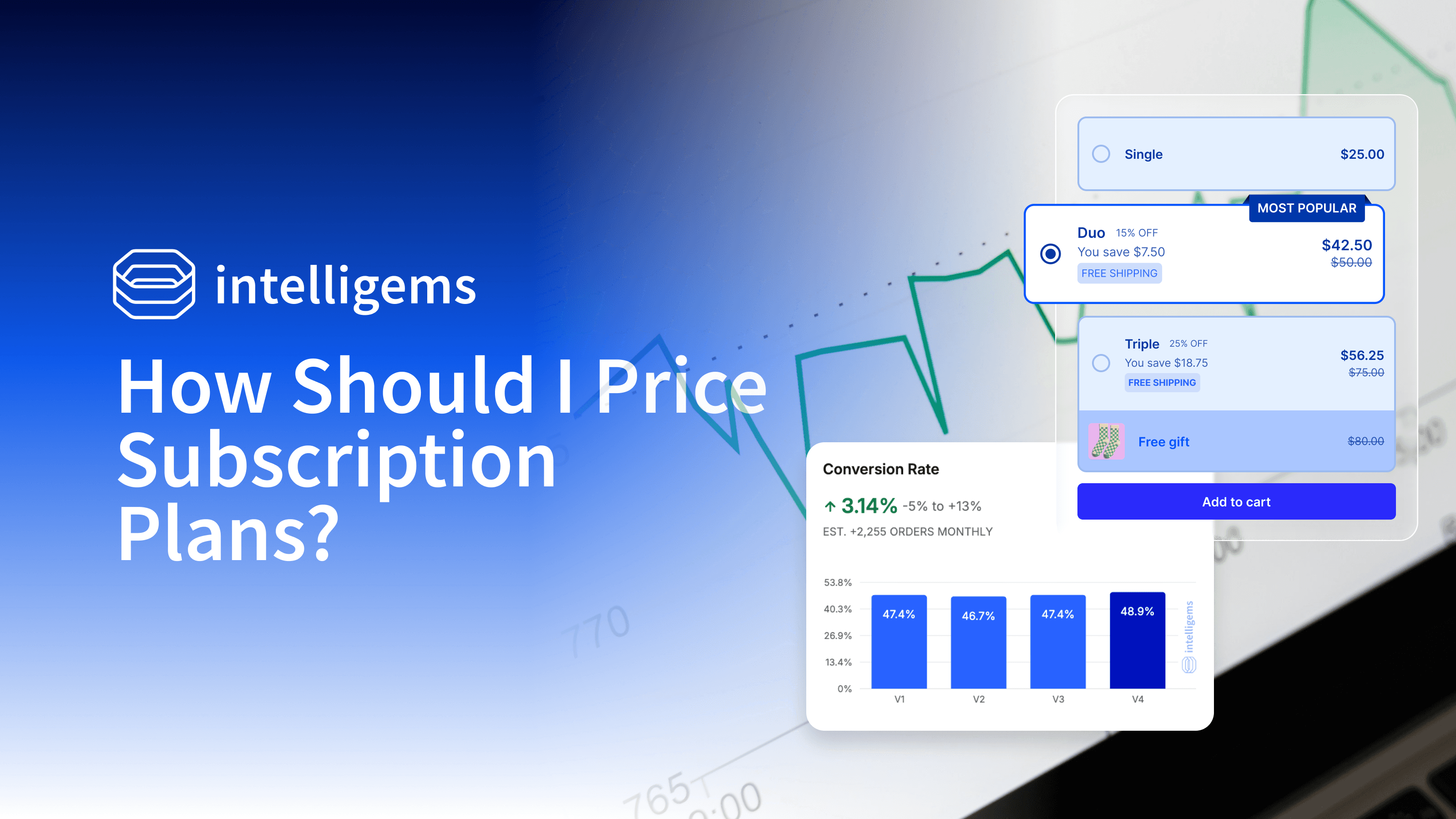Jaxxon creates premium men's jewelry, including chains, watches, and accessories.
In a market divided between disposable and luxury, Jaxxon has claimed the premium middle ground They use price to signal quality, strengthen their positioning, and build a brand that feels premium yet accessible. Price protects their space while opening the door to new customers.
But how do you find the right price between those two worlds?
You test, learn, and refine until the results reveal the truth. For Michael, price is more than a brand moat. It is a lever for growth. Every test uncovers where Jaxxon can optimize margins and reinvest profits into future scale.
Now, hear why Intelligems is the right tool for Jaxxon, in Michael's own words.
Before Intelligems, Jaxxon’s pricing strategy relied on broad, manual changes. They would raise or lower prices across the site by a flat amount and wait months to see what happened. It was reactive, slow, and lacked the precision needed to understand the impact at the product level. Even strong-performing products were lost in the noise.
With Intelligems, Jaxxon shifted from blanket adjustments to intelligent testing. The team can now optimize pricing by category and product, uncover hidden margin opportunities, and make confident, data-driven decisions. What was once guesswork has become a repeatable system for profitable growth.
“We used to raise or lower everything and hope for the best. Even if one product worked and others didn't, we couldn’t see it through the noise. Intelligems gave us the precision to know exactly which products and prices drive profit.”
At Jaxxon, Michael discovered that even the smallest price adjustments can have a powerful effect on profitability. By modelling out scenarios, he found that a 1 percent improvement in gross profit per visitor could lead to a 5-10 percent increase in EBITDA for most brands. The impact compounds when those profits are reinvested into marketing and growth.
Instead of adding new products or scaling ad spend, Jaxxon learned that smart pricing creates leverage. Every small improvement flows directly to the bottom line, driving faster testing, higher traffic, and stronger margins.
“At a high level, the results we’ve driven using Intelligems are individual tests driving seven figures in gross profit straight to the bottom line.”
Michael believes that brands waste time making small, cautious price changes. At Jaxxon, he compares pricing to boiling water. You do not turn up the heat one degree at a time. Instead, you make bold adjustments to quickly learn what works and then refine from there.
This mindset allows Jaxxon to identify the real boundaries of customer sensitivity and profitability. By overstepping first, they can confidently pull back to the optimal point instead of spending months chasing small, inconclusive results.
“If I told you to boil water to 200 degrees, you wouldn’t increase it one degree at a time. You would swing big, get too hot, and then pull back. That is how you find the right price. You have to overstep to know where the line is.”
Unlike legacy retailers or global giants, DTC brands have the agility to test, learn, and optimize pricing in real time without risking public backlash or brand confusion. Michael from Jaxxon calls this the ultimate DTC edge. While companies like Apple or Lululemon could never show two different prices without headlines, Jaxxon can run controlled tests that reveal exactly what customers value and how much they are willing to pay.
“DTC brands have an advantage that giants like Apple or Lululemon don’t. They can’t test price without making national news. We can. I can turn on a price test in the morning and by the end of the day see if it worked.”






